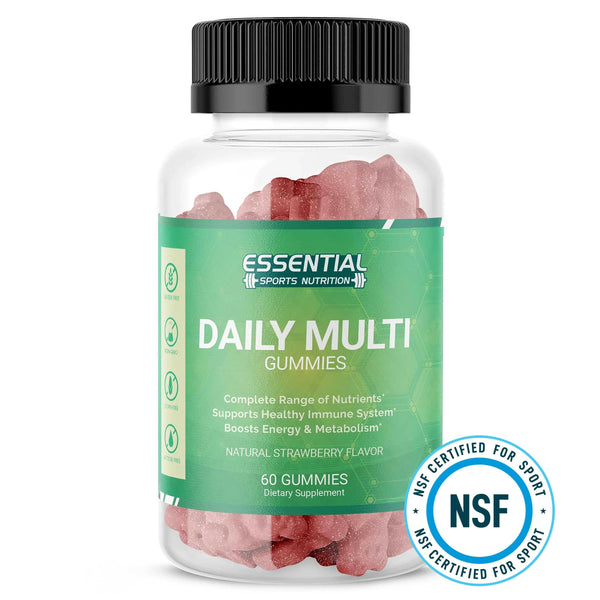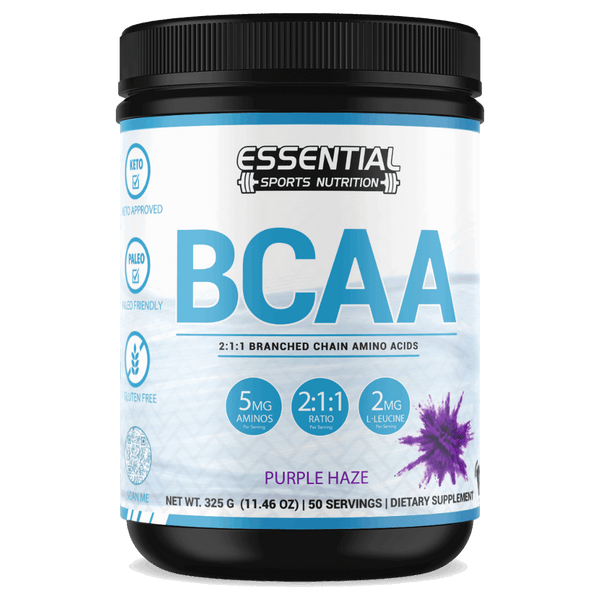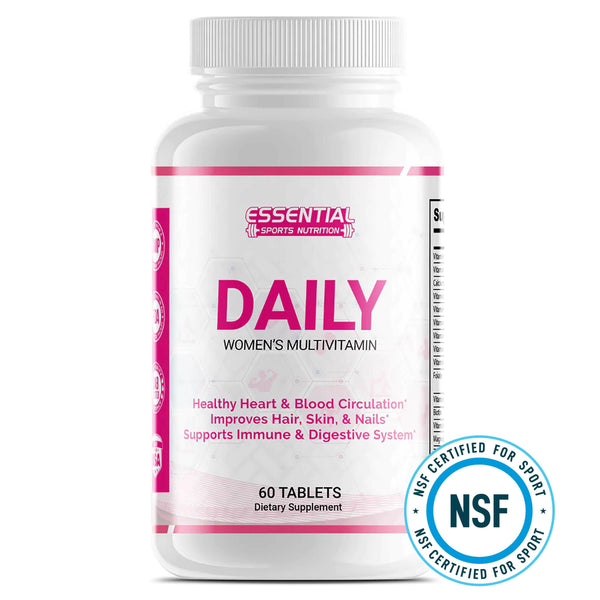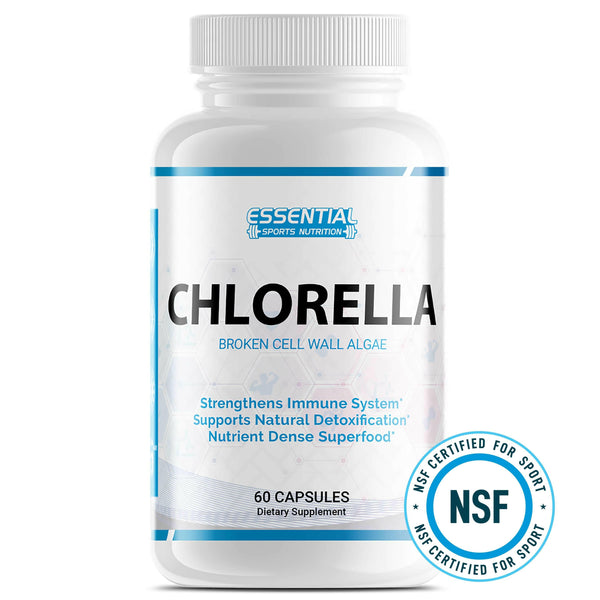Test Your Grip Strength and Discover More Shocking Health Insights
Have you ever struggled to open a jar or carry groceries up the stairs? These tasks can be hard if your grip is not strong. Grip strength is more than just about hand muscles; it's key to doing everyday activities with ease.
One interesting fact is that having a stronger grip can mean you're likely to live a healthier and longer life. This blog will show how to make your grip better and check its power, making daily tasks easier.
Learn how to do simple tests like the scale squeeze and squeezing a tennis ball to see how strong your grip is. Learn exercises that can help improve your grip strength, from towel wringing to farmer's carries.

Key Takeaways
- Grip strength is not just about your hands but also links to overall health, including fighting off sickness and living longer.
- You can measure your grip strength with easy tests like squeezing a scale or tennis ball and improving it through exercises such as towel wringing and farmer's carries.
- Strong grip helps in daily tasks, improves sports performance, reduces the risk of chronic diseases, and supports mental health.
- Exercises like dead hangs and hand clenches work well for boosting grip power alongside using tools that make you work harder, like thicker handles or squeezing bars firmly.
Understanding Grip Strength

Grip strength shows how powerful your hands and forearms are. It is about how hard you can squeeze or hold onto something. This might seem simple, but it's very important for many daily tasks and some sports.
A strong grip helps with lifting weights, doing pull-ups, and even opening jars. A better grip also means you have strong muscles in your hands and arms. Using tools like hand dynamometers, people can measure their grip strength to see where they stand.
The Relation of Grip Strength to Health
Grip strength does more than just help you hold onto things. It links closely to your body's overall wellness and how long you might live.
Muscle Strength
Hand grip strength shows us how strong our muscles are. If you have a good grip, your muscles and muscle mass are likely healthy too. This means not just the muscles in your hands but all over your body can be stronger with better grip strength.
Strength training is one way to make your grip stronger. Lifting weights or doing exercises that focus on squeezing and holding can build this kind of strength.
Having strong muscles helps you do everyday things easier, like opening jars or carrying heavy bags. It also keeps bones dense, which is important for avoiding injuries as we get older.
Simple moves like wrist curls or deadlifts work well for this. The key is to keep challenging your muscles so they grow stronger over time, making sure you're ready for any physical task life throws at you.
Immune Health
Good grip strength shows your body can fight off sickness better. People with stronger grips often get sick less because their immune system is strong. This means they are in good shape to protect against illnesses like the flu and infections.
Working on making your grip stronger could be a smart way to keep yourself healthy. It is not just about muscles but also about keeping diseases away. Keeping a strong grip helps ensure that your body's defenses are ready for whatever comes its way, from colds to more serious health issues.
Risk of Chronic Disease
Having a strong grip helps fight off many chronic conditions like heart disease, osteoporosis, and diabetes. Studies show that people with low handgrip strength are more likely to suffer from multiple chronic diseases.
Keeping your grip strength up can reduce the risk of falls and fractures, which are common in older adults. It also keeps contagious diseases at bay by supporting overall health.
Strengthening your grip doesn't just protect against physical problems; it plays a role in preventing cognitive decline linked to illnesses such as dementia and depression. A regular routine of exercises targeting grip can contribute significantly to healthier aging, decreasing the likelihood of developing serious health issues over time.
Engaging in activities that build muscle around your hands and forearms makes you less prone to chronic diseases, providing a simple yet effective way to boost longevity and improve quality of life.

Mental Health
Strong grip strength ties to better mental health. Studies show people with stronger grips often have a sharper mind and feel less lonely or stressed. Mixing in physical activities like strength training helps improve one's mood and can fight off feelings of sadness.
Regular exercise, including workouts that make your hands stronger, plays a big role in keeping your mind healthy. It improves how you handle stress and boosts your overall emotional well-being.
Making these exercises part of daily life can lead to lasting positive changes in both body and mind.
Longevity
Grip strength is a powerful sign of how long you might live. Studies have found it's a better way to predict life span than checking blood pressure. People with strong grips tend to live longer.
This is true for everyone, no matter how much money they make. Having a firm grip shows your body is strong and healthy.
Having good grip strength can also fight off diseases that come with getting older, like heart disease and stroke. Keeping your grip strong means you're taking care of your overall health too.
This helps you stay active and avoid physical problems as you get older. Working on making your grip stronger is a simple step towards living a longer, healthier life.
The Importance of Improving Grip Strength

Improving grip strength is crucial because it signals overall health and long life. Studies show that a strong hand clasp can predict how well you will age. If your hands are strong, you're likely to enjoy better wellness into old age.
This means fewer falls, less risk of breaking bones, and a lower chance of getting sick with illnesses like the flu or chronic conditions such as diabetes.
Working on your handgrip can make daily tasks easier, especially as you get older. From opening jars to carrying groceries, stronger hands help with everyday activities. Plus, if you engage in workouts that involve lifting weights or using resistance bands, improving your grip can enhance performance and prevent injuries.
This could lead to higher achievements in sports or fitness activities like powerlifting or practicing chin-ups on a pull-up bar.
Measuring Grip Strength
Measuring your grip strength shows how strong your hands and arms are. It can guide you to better health. Learn how easy tests can help check your grip.
Scale Squeeze Test
For the Scale Squeeze Test, you need a simple kitchen scale. Place it on a table. Make sure the scale faces up so you can see the numbers. Put your hand over it and squeeze as hard as you can.
The scale will show how much force you use in pounds or kilos. This method gives a basic idea of your grip strength.
Try this test with both hands to compare your grip power. It's important for understanding muscle health and overall physical fitness. Doing the test regularly helps track improvements from exercises like dead hangs and farmers carry.
It's an easy way to see progress in building stronger muscles and enhancing grip abilities.
Tennis Ball Squeeze Test
Grab a tennis ball and squeeze it as hard as you can. This simple action is the key part of the tennis ball squeeze test. It helps you understand your grip strength in an easy and low-cost way.
All you need is a regular tennis ball. Squeeze it with one hand at a time, holding the pressure for a few seconds. Doing this regularly can boost your grip power.
The results from this test offer insight into your overall health status. Stronger grips often point to better muscle health and lower risks of diseases related to weak muscles and bones.
If squeezing the ball feels too easy, that's good! But if it's hard, it might be time to work on making your grip stronger through specific exercises or changes in your routine.
The Average Grip Strength for Men and Women

Understanding the average grip strength for both men and women can give us valuable insights into health and fitness levels. Grip strength varies widely, reflecting differences in muscle strength and physical condition.
| Gender | Average Grip Strength |
|---|---|
| Men | 98-100 pounds |
| Women | 57-60 pounds |
Men typically show higher grip strength numbers than women. This difference usually ties back to muscle mass and distribution. Yet, for each gender, maintaining or increasing grip strength as one ages can lead to better health outcomes. A stronger grip has been linked with reduced risk of chronic diseases and increased longevity.
Grip strength can reveal much about a person's overall health. It declines as we get older. Knowing this helps us understand the importance of staying active and focusing on exercises that enhance grip strength. This knowledge encourages us to integrate specific activities into our routines. These activities could improve not just our grip but also our general health and well-being.
Exercises to Improve Grip Strength

Building a stronger grip helps in many ways, from opening jars to improving sports performance. Simple exercises like squeezing a towel or lifting weights can make your hands much stronger.
Towel Wring
Grab a towel and stand up straight. Hold the towel with both hands, keeping your arms extended. Twist the towel as if you're trying to wring out water. This motion works out your wrists and lower arms.
Keep twisting in one direction, then switch after several twists. This exercise strengthens your crush grip, improving how well you can hold onto things.
Practicing towel wringing regularly helps build muscles needed for everyday tasks like opening jars or carrying groceries. It focuses on the crush grip and support grip strength. You don't need any special equipment, just a regular towel will do.
This makes it easy to fit into your daily routine for better hand function and overall health.
Hand Clench
Hand clenching is a simple yet effective exercise to boost your grip strength. You only need a small ball, like a tennis ball or racquetball. Hold the ball in your palm and squeeze it as hard as you can for a few seconds.
Then release the grip slowly. Repeat this action many times with both hands to strengthen your muscles and improve your grip.
This exercise not only makes your hand muscles stronger but also helps in enhancing dexterity in fingers. You can do it anywhere, whether you're sitting at home watching TV or taking a break at work.
Regular practice will make everyday tasks easier and reduce the risk of muscle weakness as you grow older.
Dead Hang
Dead hang exercises boost grip strength and make your shoulders and upper back muscles stronger. They also help with moving your shoulders more freely. You grab onto a bar with an overhand hold and let your body hang straight down.
This move challenges you to support yourself using just the strength of your fingers, hands, wrists, forearms, and shoulder joints.
Doing dead hangs regularly can improve how well you can handle pulling movements like chinups or pull-ups, making them great for anyone wanting to get better at these activities. They are simple yet effective exercises that engage several key muscle groups by requiring them to work together to maintain the hold.
Farmer's Carry
Farmer's Carry strengthens grip by making you hold weights tightly while walking. This exercise targets your hands, arms, shoulders, back, and core. You lift heavy objects like kettlebells or dumbbells in each hand and walk a set distance.
This action not only boosts hand strength but also improves posture and core stability. The challenge of maintaining a firm grip throughout the walk pushes your muscles to work harder.
This workout is great for mountain athletes and hunters who need strong grips and mental toughness. It builds endurance as you keep a steady pace under weight. The Farmer's Carry also benefits heart health by increasing cardiovascular effort during the walk.
As you progress, increase the weight or distance to keep improving your grip strength and overall fitness levels.
Pinch Grip Transfer
Pinch grip transfer is key for moving and holding items between your thumb and fingertips. This skill helps in everyday tasks like writing, opening jars, or using tools. Improving your pinch grip can make these activities easier and boost hand dexterity.
Exercises focusing on this type of grip play a big role in enhancing fine motor skills.
Having a strong pinch grip also means better overall hand health. Studies link good grip strength to improved pinch grip abilities. Weakness in this area can lead to difficulties with basic movements and reduce functional capacity in daily life.
Through targeted exercises, you can strengthen your pinch grip, improving both the power of your grasp and your ability to perform precise tasks with ease.
Plate Pinch
The plate pinch exercise is great for men over 40 looking to boost their grip strength. Grab two weight plates and hold them together in one hand, with your fingers on one side and your thumb on the other.
Keep your arm straight down by your side. Hold this position for as long as you can before switching to the other hand. This workout targets various muscle groups in the hands, making it an excellent choice alongside wrist exercises.
This move not only strengthens the muscles in your palms and fingers but also improves endurance over time. Start with lighter weights to avoid strain and gradually increase as you feel stronger.
Consistent practice will help enhance grip strength, essential for daily activities and overall health.
Other Ways to Enhance Grip Strength

Exploring different methods can also boost your grip might. Trying new tools and strategies not only keeps training exciting but can lead to better results.
Squeeze the Bar Hard
Squeezing the bar firmly is crucial for boosting grip power and total hand muscle. This action activates more muscles in your arms, promoting strength gains not just in your hands but throughout your upper body.
It's a simple yet effective way to enhance arm stamina during workouts such as bench presses or deadlifts.
Practice gripping the bar as if you're trying to make an imprint on it with your fingers. This method increases tension across various muscle groups, leading to better performance and reducing the risk of injuries from slipping equipment.
Powerlifters and those doing Olympic lifts often employ this technique to ensure they can handle heavier weights safely while also working on their forearm resilience.
Use a Thicker Handle
Using a thicker handle during exercises is a smart move to boost your grip strength. This method works by making your hands and fingers work harder to hold onto the equipment. Whether you're lifting weights or doing pull-ups, incorporating barbells or dumbbells with a bigger diameter can challenge your muscles in new ways.
Your grip gets stronger over time because it adapts to the increased demand.
You can easily add thicker handles to your routine without buying new gear. Many gyms offer attachments that increase handle girth, or you can wrap towels around bars for a DIY solution.
This not only enhances grip strength but also engages more muscle groups in the arms and shoulders, leading to overall better strength and conditioning performance. It's an effective strategy that doesn't require complex equipment yet brings significant gains in muscular endurance and handgrip power.
Hang for More Strength
Hanging from a pullup bar builds grip strength. It also makes your shoulders and upper back muscles stronger. Try to hang on the bar with both hands, keeping your body straight. Let your arms and shoulders stretch fully.
This exercise improves not only grip but shoulder mobility too.
To make hanging more effective for strength, add it to your routine several times a week. Start by holding on as long as you can and try to increase the time gradually. You'll notice not just better grip but overall upper body strength improvements over time.
Dead hangs are a simple yet powerful tool for testing and boosting handgrip power while also enhancing shoulder health and flexibility in the upper back area.
Conclusion
Grip strength shows how strong and healthy you are. Simple tests like the Scale Squeeze and Tennis Ball Squeeze help check it. For both men and women, knowing your average grip power is key.
You can get stronger with towel wrings, hand clenches, dead hangs, farmer's walks, pinch grip transfers, and plate pinches. Making handles thicker or squeezing bars harder boosts this strength even more.
Remember: A firm handshake isn't just polite— it’s a sign of good health and long life.
Building Grip Strength FAQs
Q: What is grip strength and why is it important?
A: Grip strength measures how strong your hands are. It's important because it can show if you're at risk for health problems like heart disease or weak bones. Strong grip can also mean better physical ability in daily life.
Q: How does improving grip strength help with health?
A: Making your grip stronger can lower the chance of getting sick from things like heart trouble or diabetes. It also helps keep muscles and bones healthy, reducing frailty and falls.
Q: Can working on my grip help my brain work better?
A: Yes! Improving your grip strength has been linked to better brain function, quicker thinking, and less chance of cognitive decline as you get older.
Q: What exercises can I do to improve my grip strength?
A: Try resistance training like squeezing a tennis ball, lifting weights that fit comfortably in your hand, or doing arm exercises that make you bend and straighten your elbows.
Q: How do I measure my grip strength correctly?
A: Use a tool called a handgrip dynamometer to squeeze with all your might for the best reading of how strong your hands are.
Q: Does having strong grips mean I will live longer?
A: Studies suggest people with stronger grips often have fewer health issues like cardiovascular disease, which could lead to living longer with better quality of life.
Q: How does age affect grip strength?
A: Grip strength tends to decrease with age, making it important for older people to engage in strength training to maintain and improve their grip strength.
Q: How can I improve my grip strength?
A: You can improve your grip strength by doing specific forearm and hand-strengthening exercises as part of a regular strength training routine.
Q: Is grip strength related to overall strength?
A: Yes, grip strength is often used as a predictor of overall muscular strength and is associated with various health markers.
Q: What is the relationship between grip strength and bone mineral density?
A: Research suggests that there is an association between grip strength and bone mineral density, with stronger grip strength potentially indicating better bone health.
Q: How is grip strength measured?
A: Grip strength is typically measured using a hand dynamometer, which assesses the maximum force a person can generate with their grip.
Q: Are there any health risks associated with weaker grip strength?
A: Yes, individuals with weaker grip strength may be at a higher risk for conditions such as type 2 diabetes and other health issues, making it important to address grip strength as part of overall health and fitness.




























